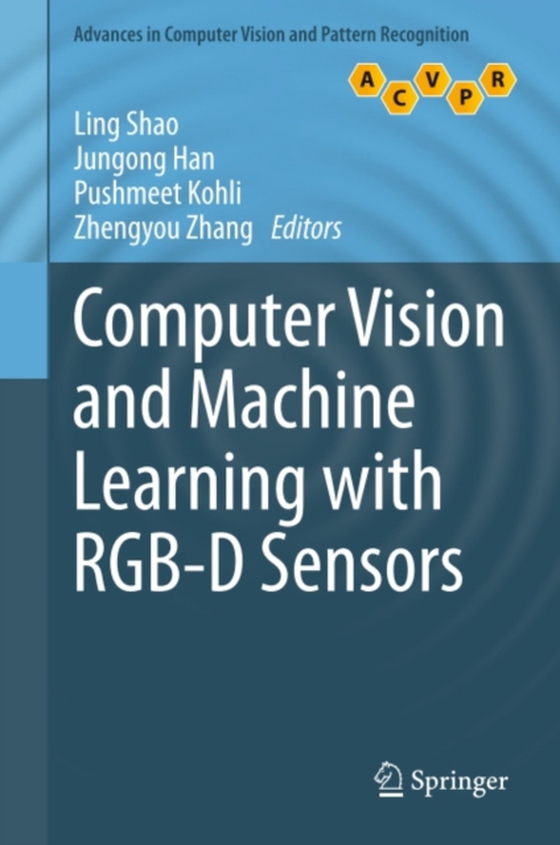
Computer Vision and Machine Learning with RGB-D Sensors e-bog
436,85 DKK
(inkl. moms 546,06 DKK)
The combination of high-resolution visual and depth sensing, supported by machine learning, opens up new opportunities to solve real-world problems in computer vision.This authoritative text/reference presents an interdisciplinary selection of important, cutting-edge research on RGB-D based computer vision. Divided into four sections, the book opens with a detailed survey of the field, followed...
E-bog
436,85 DKK
Forlag
Springer
Udgivet
14 juli 2014
Genrer
Artificial intelligence
Sprog
English
Format
pdf
Beskyttelse
LCP
ISBN
9783319086514
The combination of high-resolution visual and depth sensing, supported by machine learning, opens up new opportunities to solve real-world problems in computer vision.This authoritative text/reference presents an interdisciplinary selection of important, cutting-edge research on RGB-D based computer vision. Divided into four sections, the book opens with a detailed survey of the field, followed by a focused examination of RGB-D based 3D reconstruction, mapping and synthesis. The work continues with a section devoted to novel techniques that employ depth data for object detection, segmentation and tracking, and concludes with examples of accurate human action interpretation aided by depth sensors.Topics and features: discusses the calibration of color and depth cameras, the reduction of noise on depth maps, and methods for capturing human performance in 3D; reviews a selection of applications which use RGB-D information to reconstruct human figures, evaluate energy consumption, and obtain accurate action classification; presents an innovative approach for 3D object retrieval, and for the reconstruction of gas flow from multiple Kinect cameras; describes an RGB-D computer vision system designed to assist the visually impaired, and another for smart-environment sensing to assist elderly and disabled people; examines the effective features that characterize static hand poses, and introduces a unified framework to enforce both temporal and spatial constraints for hand parsing; proposes a new classifier architecture for real-time hand pose recognition, and a novel hand segmentation and gesture recognition system.Researchers and practitioners working in computer vision, HCI and machine learning will find this to be a must-read text. The book also serves as a useful reference for graduate students studying computer vision, pattern recognition or multimedia.
 Dansk
Dansk

